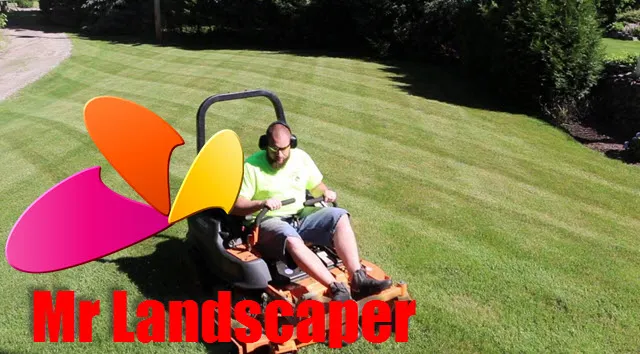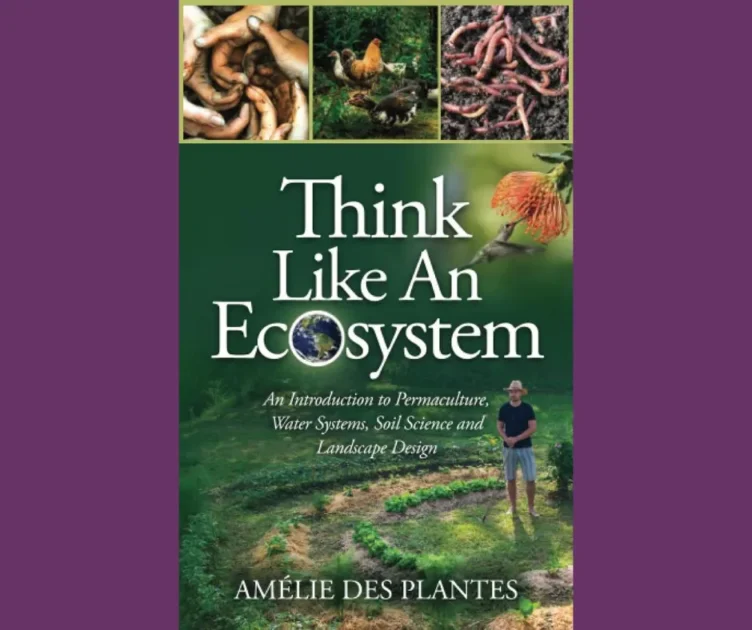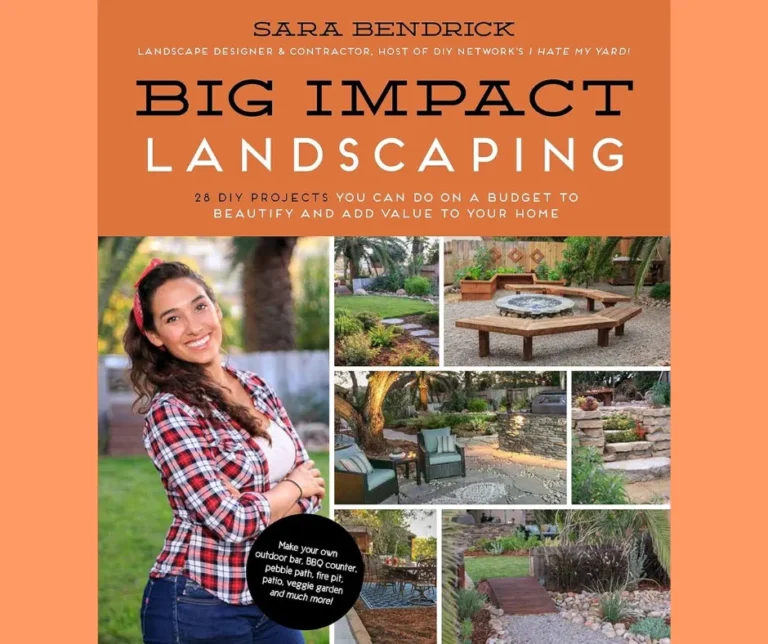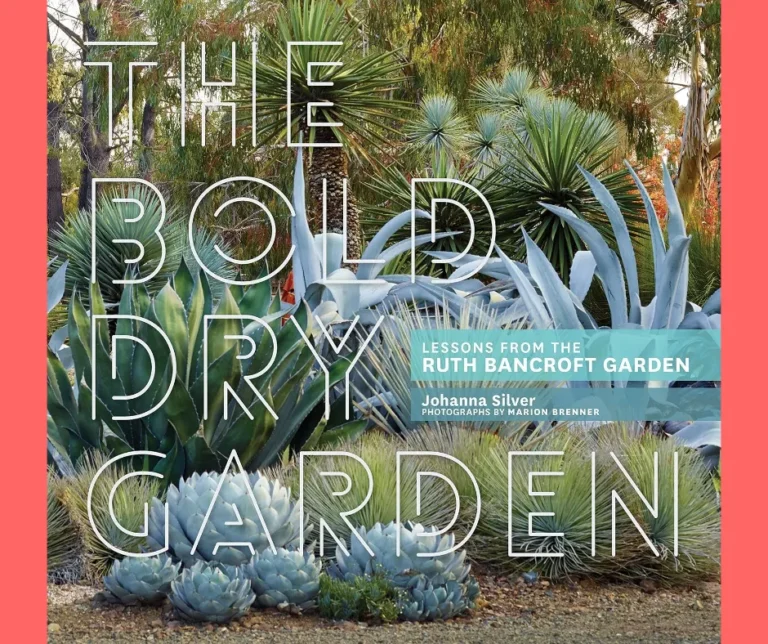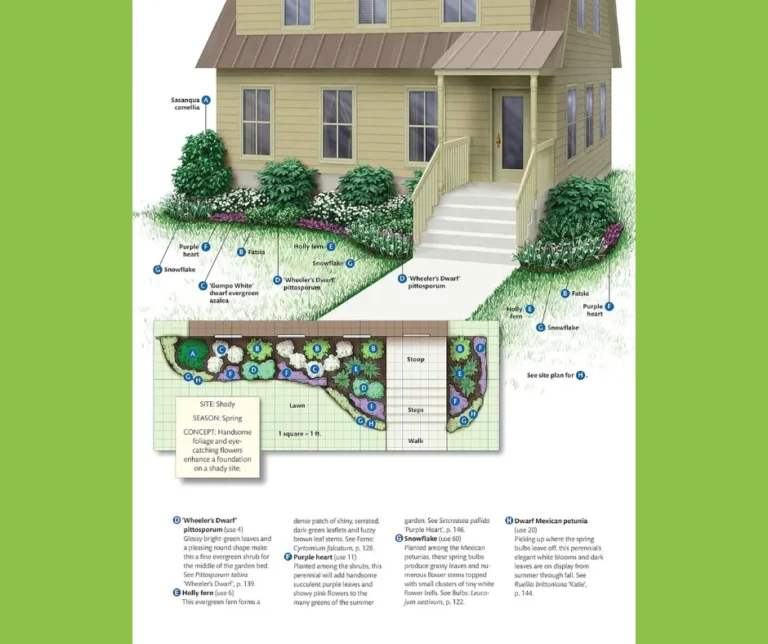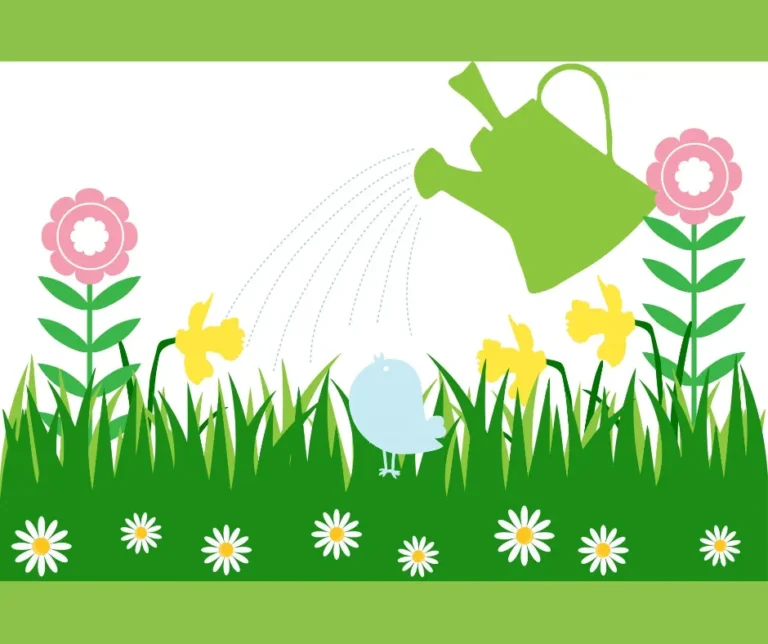Go Green with Your Outdoor Space
If you want to create an outdoor space that not only looks beautiful, but also helps the environment, then it’s time to go green with your landscaping.
With the increasing awareness of climate change and the need to conserve our natural resources, more and more people are turning to eco-friendly practices in all areas of their lives.
And your outdoor space is no exception.
By implementing some simple tips and tricks, you can transform your backyard, garden, or front lawn into a sustainable and environmentally-friendly oasis.
Not only will this benefit the planet, but it will also save you money in the long run.
In this article, we will guide you through some key ways to Go Green with Your Outdoor Space, in which you can make your outdoor space more eco-friendly, from choosing the right plants to incorporating sustainable materials and techniques.
Whether you have a large backyard or a small balcony, there are plenty of ways to go green with your outdoor space and create a beautiful, sustainable haven for you and your family to enjoy.
So let’s get started and see how you can make a positive impact on the environment while still having a stunning outdoor space.
Table of Contents Go Green with Your Outdoor Space
Opt for native plant species
To create an eco-friendly outdoor space, consider incorporating native plant species into your landscaping.
Native plants are those that naturally occur in your region and have adapted to the local climate and soil conditions.
By opting for native plants, you not only enhance the biodiversity of your surroundings but also contribute to the overall health of the ecosystem.
These plants require less water, fertilizers, and pesticides, as they are already well-suited to the environment.
Additionally, native plants provide food and shelter for local wildlife, promoting a balanced and thriving ecosystem in your outdoor space.
So, when selecting plants for your landscaping, choose native species to go green and create a sustainable and visually appealing environment in line with the principles of eco-friendly landscaping.
Use organic fertilizers and pesticides
Another important aspect of eco-friendly landscaping is the use of organic fertilizers and pesticides.
By opting for organic alternatives, you can minimize the negative impact of chemicals on the environment and promote a healthier ecosystem in your outdoor space.
Organic fertilizers, such as compost or manure, provide essential nutrients to your plants while improving soil health, without introducing harmful synthetic chemicals.
Similarly, organic pesticides, derived from natural sources like neem oil or garlic extract, effectively control pests without harming beneficial insects or contaminating the soil and water.
By making the switch to organic fertilizers and pesticides, you not only protect the environment but also create a safer and more sustainable outdoor space for you and your family.
So, consider incorporating these eco-friendly practices into your landscaping routine to truly go green with your outdoor space and contribute to a more sustainable future.
Install a rainwater harvesting system
To further enhance the eco-friendliness of your outdoor space, you may want to consider installing a rainwater harvesting system.
This innovative solution allows you to collect and store rainwater, which can then be used for various landscaping purposes.
By capturing rainwater, you reduce the strain on local water resources and decrease your reliance on municipal water supplies.
This not only conserves water but also helps to save on utility costs.
With a rainwater harvesting system in place, you can easily irrigate your plants, wash your outdoor areas, and even fill up decorative water features, all while reducing your environmental footprint.
By maximizing the use of natural resources and embracing sustainable practices, such as installing a rainwater harvesting system, you are taking proactive steps towards creating a greener and more environmentally-conscious outdoor space.
So, why not explore this eco-friendly option and make a positive impact on both your outdoor area and the planet?
Incorporate sustainable hardscaping materials
When it comes to creating an eco-friendly outdoor space, incorporating sustainable hardscaping materials is a crucial consideration.
By opting for materials that are responsibly sourced and have a minimal impact on the environment, you can significantly reduce the carbon footprint of your landscaping project.
Choose materials such as reclaimed wood, recycled concrete, or natural stone that have been salvaged or repurposed, rather than using newly manufactured materials.
Not only do these sustainable hardscaping materials add a unique and rustic charm to your outdoor space, but they also contribute to the conservation of natural resources and promote a healthier ecosystem.
By consciously selecting sustainable hardscaping materials, you can create an environmentally-friendly outdoor oasis that aligns with the principles of the “Go Green with Your Outdoor Space: Eco-Friendly Landscaping Tips and Tricks” guide.
Create a composting system
One effective way to further enhance the eco-friendliness of your outdoor space is to create a composting system.
Composting is a natural process that converts organic waste into nutrient-rich soil, known as compost.
By diverting food scraps, yard waste, and other biodegradable materials from landfills, you not only reduce waste but also contribute to the health of your garden and the surrounding environment.
To create a composting system, designate an area in your outdoor space for a compost bin or pile.
Add a variety of organic materials, such as fruit and vegetable scraps, coffee grounds, leaves, and grass clippings, ensuring a good balance between green (nitrogen-rich) and brown (carbon-rich) materials.
Turning the compost regularly and maintaining the right moisture level will accelerate the decomposition process.
In no time, you’ll have nutrient-rich compost that can be used as a natural fertilizer for your plants, completing the cycle of sustainability in your eco-friendly outdoor space.
With the “Go Green with Your Outdoor Space: Eco-Friendly Landscaping Tips and Tricks” guide as your resource, you can easily implement a composting system and contribute to a greener and more sustainable environment.
In conclusion, by implementing these eco-friendly landscaping tips and tricks, you can not only create a beautiful outdoor space but also contribute to a greener and more sustainable environment.
Remember to research and choose native plants, use natural and organic materials, and conserve water to reduce your environmental impact.
With a little effort and consideration, you can transform your outdoor space into a sustainable oasis that benefits both you and the planet.
So go green and enjoy your eco-friendly landscape!
FAQ
What are some eco-friendly landscaping techniques that can help conserve water in your outdoor space?
To conserve water in your outdoor space, you can adopt a few eco-friendly landscaping techniques.
Start by installing a rainwater harvesting system to collect and store rainwater for irrigation purposes.
Consider xeriscaping, which involves using drought-tolerant plants that require less water.
Use mulch to retain moisture in the soil and prevent evaporation.
Implement drip irrigation systems that deliver water directly to plant roots, minimizing waste.
Group plants with similar water needs together to avoid overwatering.
Finally, regularly check for leaks and fix them promptly to prevent water loss.
By following these techniques, you can create a beautiful and water-efficient outdoor space.
How can incorporating native plants in your outdoor space benefit the environment?
By incorporating native plants in your outdoor space, you can greatly benefit the environment.
Native plants have adapted to the local climate and soil conditions, making them more resilient and requiring less water and maintenance.
They also provide habitat and food sources for local wildlife, including bees, butterflies, and birds.
Native plants also help prevent soil erosion and filter pollutants, improving water quality.
By planting native species, you can help restore biodiversity and support the overall health of the ecosystem.
So go ahead, embrace native plants and make a positive impact on the environment right in your own backyard.
What are some sustainable materials or products that can be used in outdoor landscaping projects?
When it comes to sustainable materials for outdoor landscaping projects, you have several options.
Consider using reclaimed wood for decking or fences, as it reduces the demand for new timber.
Opt for permeable paving materials like gravel or permeable concrete, which allow rainwater to soak into the ground, reducing runoff.
Incorporate native plants into your landscaping to support local ecosystems and reduce the need for excessive watering and maintenance.
Use recycled plastics for garden furniture or edging, as it helps reduce plastic waste.
Lastly, consider using solar-powered lights to illuminate your outdoor space, minimizing energy consumption.
How can composting be integrated into outdoor spaces to reduce waste and improve soil health?
To integrate composting into your outdoor space and reduce waste while improving soil health, start by setting up a composting system.
You can use a compost bin or create a compost pile in a designated area.
Collect organic waste such as fruit and vegetable scraps, coffee grounds, and yard trimmings, and add them to the compost regularly.
Turn the compost periodically to ensure proper decomposition.
Use the finished compost as a natural fertilizer for your garden or potted plants, enriching the soil and reducing the need for chemical fertilizers.
This sustainable practice will not only reduce waste but also promote healthier and more productive plants.
What are some creative ways to incorporate renewable energy sources, such as solar panels or wind turbines, into outdoor spaces?
One creative way to incorporate renewable energy sources into outdoor spaces is by installing solar panels on the roofs of outdoor structures like sheds or pergolas.
This allows the panels to harness the sun’s energy while providing shade and protection.
Another option is to integrate solar-powered outdoor lighting fixtures that illuminate pathways or garden areas.
Additionally, you can install small wind turbines in open spaces to generate electricity.
These turbines can be aesthetically designed to blend with the surroundings, making them both functional and visually appealing.
By incorporating renewable energy sources into outdoor spaces, you can harness clean energy while enhancing the sustainability and beauty of your environment.
